Facts about how technology has transformed everyday life since the ’60s
The technological revolution has been nothing short of extraordinary, transforming how we live, work, and play since the 1960s. Back then, who would have imagined that we’d carry the world in our pockets through smartphones or connect instantly with someone on the other side of the globe?
As we journey through time, let’s explore how various facets of technology have evolved, turning science fiction into everyday reality.
The Dawn of the Digital Age: Computers Enter the Scene

The introduction of computers was a pivotal milestone in the digital age. The 1960s saw the emergence of the mainframe computer, with IBM leading the charge. These room-sized machines were the heart of many businesses, handling complex calculations and data processing.
Fast forward to today, and the bulky mainframe has evolved into sleek laptops and powerful smartphones, proving just how far technology has come in making computers accessible to all.
The Evolution of Telecommunication: From Rotary Phones to Smartphones

Telecommunication has seen a radical transformation from the rotary phones of yesteryear to the pocket-sized smartphones of today. In the 1960s, making a call meant dialing on a rotary phone and being tethered to the wall.
The invention of mobile phones in the 1980s laid the groundwork for the smartphones we now rely on, which not only make calls but also send texts, browse the web, and host countless apps—all in the palm of our hands.
Television Transformation: From Black and White to Streaming Services

Television has undergone a dramatic makeover from the black-and-white sets of the past to today’s high-definition smart TVs. In the 1960s, families gathered around to watch limited broadcasts in monochrome.
Over the decades, color TV, cable, and satellite increased channel offerings. Now, streaming services like Netflix and Hulu offer on-demand content, making it possible to binge-watch entire series at our convenience, completely changing how we consume entertainment.
Music on the Move: From Vinyl Records to Digital Downloads
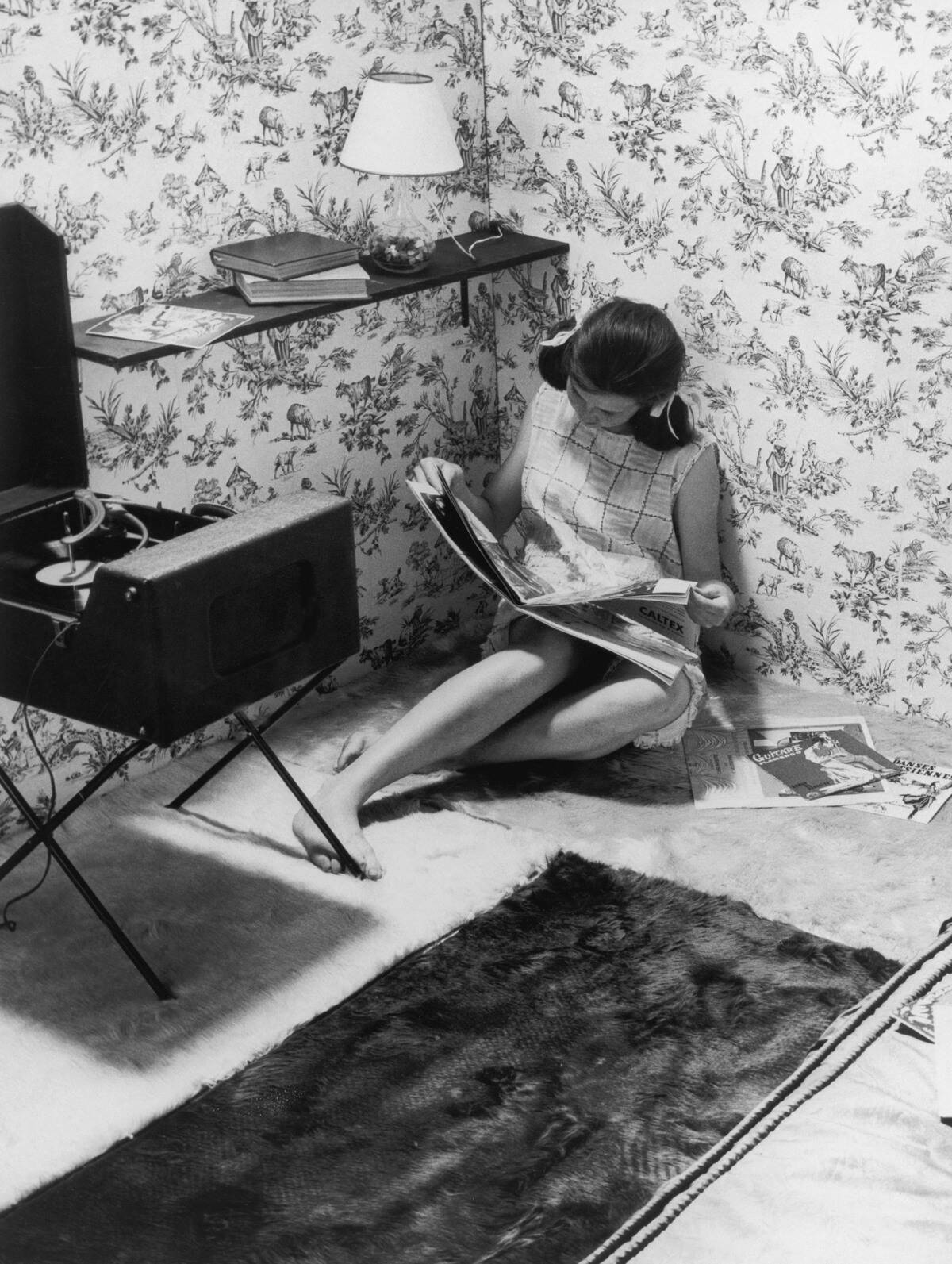
Music consumption has been revolutionized from the days of vinyl records to the era of digital downloads and streaming. In the 1960s, record players were the centerpiece of home entertainment, spinning tunes from The Beatles and The Rolling Stones.
The introduction of CDs in the 1980s and MP3s in the 1990s paved the way for digital downloads. Today, platforms like Spotify and Apple Music allow listeners instant access to millions of songs, changing how music is enjoyed.
The Rise of the Internet: Connecting the World
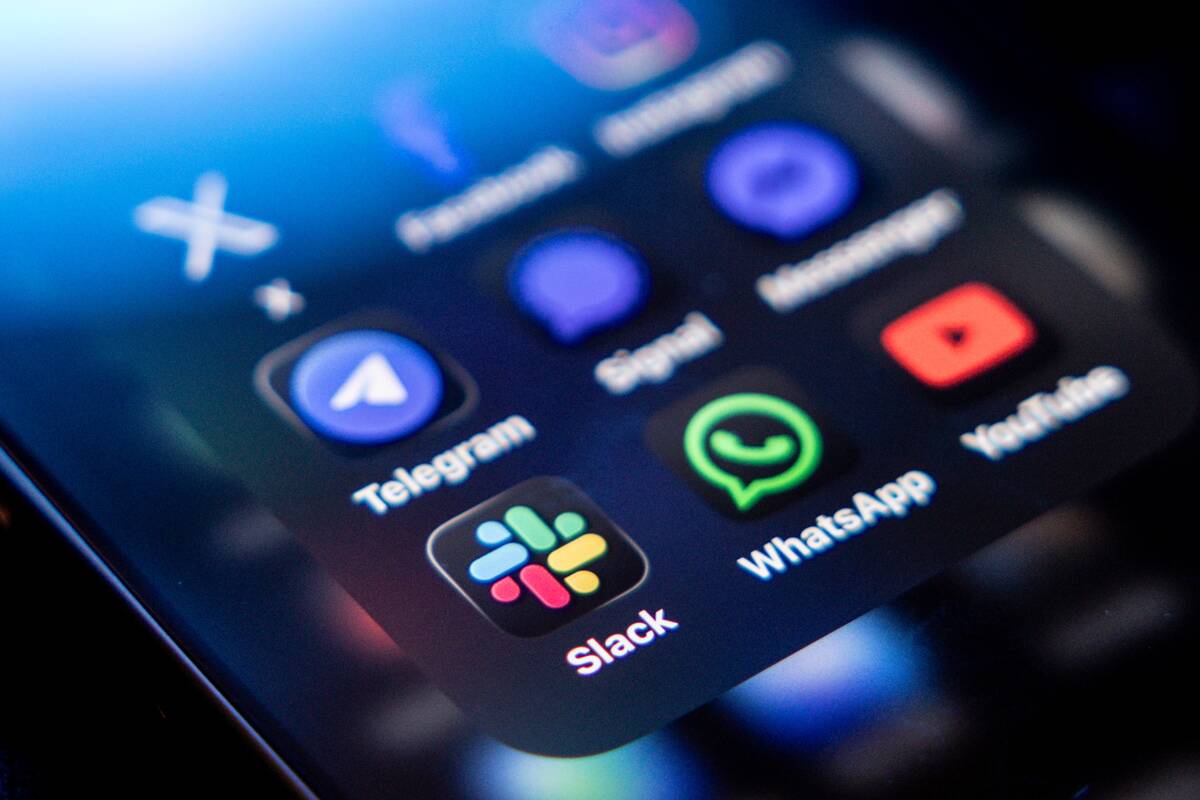
The internet has been a game-changer, creating a global village where information is readily accessible. The World Wide Web, introduced in the late 1980s, opened up endless possibilities for communication and information exchange.
By the 1990s, the internet had become a household name, leading to today’s digital age where everything from shopping to education happens online. The internet continues to evolve, with faster speeds and broader connectivity reaching more people than ever before.
Social Media Mania: A New Way to Communicate

Social media has reshaped how we communicate, share, and interact with one another. Platforms like Facebook, Twitter, and Instagram have turned socializing into a digital affair, enabling people to connect across continents with ease.
In the early 2000s, social media was a novel concept, but it has since become a staple in our daily lives, influencing everything from personal relationships to business marketing strategies. It’s a new frontier that continues to evolve and shape our social landscape.
Home Entertainment: The Shift from Arcade Games to Virtual Reality

Home entertainment has evolved from the arcade games of the 1980s to today’s immersive virtual reality experiences. Once upon a time, gaming meant trips to the local arcade, with pockets full of coins for Pac-Man or Space Invaders.
The home console revolutionized gaming, bringing titles like Super Mario Bros. to our living rooms. Today, VR headsets like Oculus Rift provide an immersive experience, allowing gamers to step into their favorite worlds in ways never before imagined.
The Smart Home Revolution: Gadgets That Changed Our Living Spaces
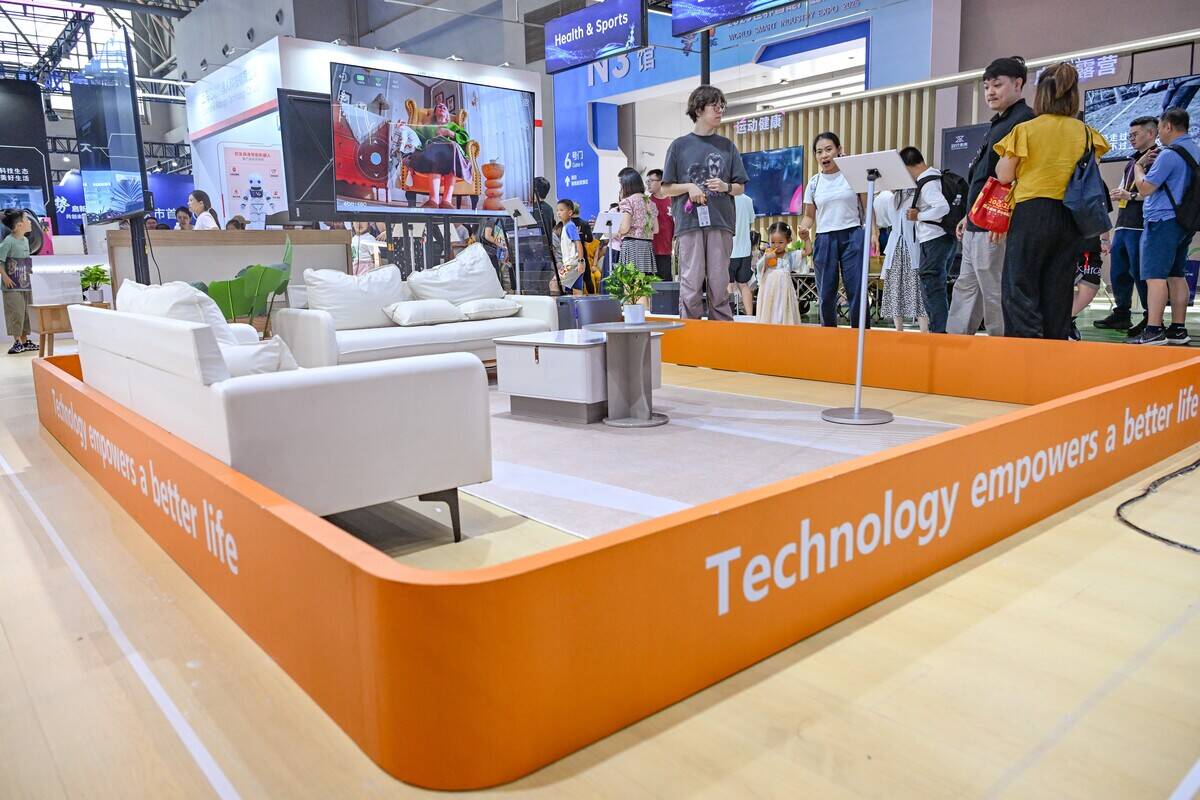
The smart home revolution has transformed our living spaces into hubs of convenience and efficiency. The 1960s saw the introduction of home automation concepts, but today’s smart homes are equipped with devices like Amazon Alexa and Google Home, which control everything from lighting to security with voice commands.
Smart thermostats, refrigerators, and even doorbells are making homes more comfortable and energy-efficient, illustrating how technology is seamlessly integrating into our daily routines.
Transportation Transformation: From Muscle Cars to Electric Vehicles

The evolution of transportation from muscle cars to electric vehicles signifies a shift towards sustainability and innovation. The 1960s were the golden age of muscle cars, with models like the Ford Mustang and Chevy Camaro roaring on the roads.
Today, electric vehicles (EVs) like Tesla are gaining popularity, offering eco-friendly alternatives with high performance. Governments worldwide are pushing for greener policies, making EVs a crucial component in the future of transportation.
The Health Tech Boom: Wearables and Digital Health Monitoring
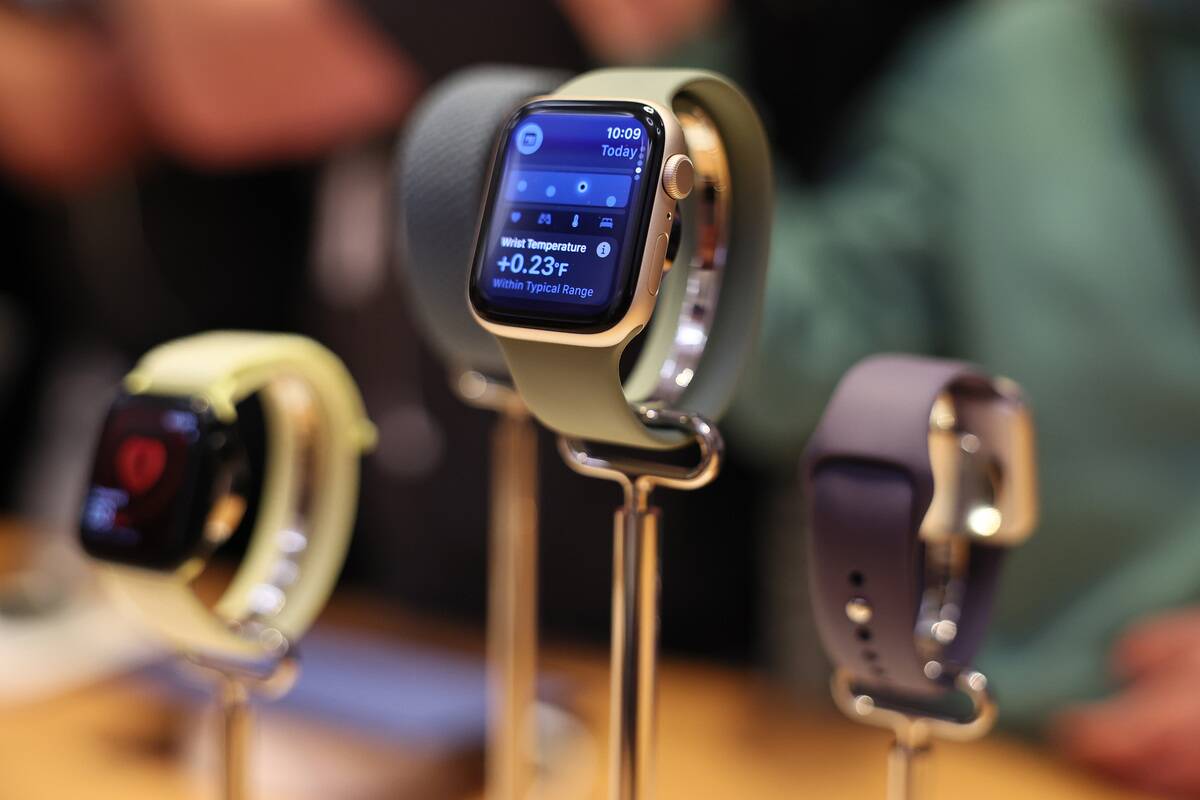
Health technology has seen a significant leap with the advent of wearables and digital health monitoring devices. The humble pedometer has evolved into sophisticated gadgets like the Apple Watch and Fitbit, which track everything from heart rate to sleep patterns.
These devices empower users to take charge of their health, providing real-time data and insights. Coupled with telehealth services, they represent a shift towards more personalized and accessible healthcare.
Education Evolution: From Chalkboards to Online Learning Platforms
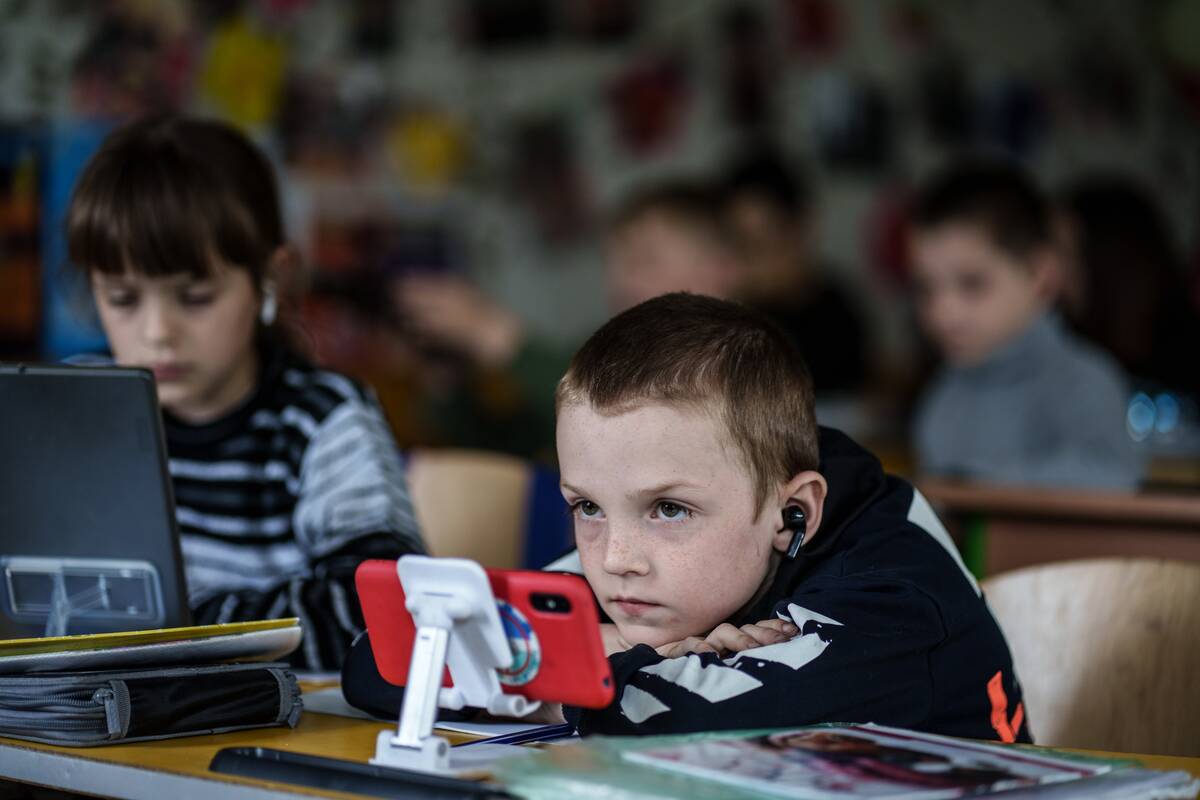
Education has been revolutionized by technology, transitioning from traditional chalkboards to dynamic online learning platforms. In the past, education was confined to the walls of a classroom with textbooks and lectures.
The digital age has introduced e-learning platforms like Coursera and Khan Academy, offering courses from top universities to anyone with an internet connection. This shift has made education more accessible, allowing lifelong learning and skills development at one’s own pace.
Shopping Shake-Up: The Birth and Growth of E-Commerce

The retail landscape has been transformed by the rise of e-commerce, shifting shopping from brick-and-mortar stores to online platforms. In the 1990s, companies like Amazon and eBay began offering products online, changing how consumers shop.
Today, e-commerce is a multi-trillion-dollar industry, with everything from groceries to fashion available at the click of a button. The convenience and variety offered by online shopping continue to draw more consumers, reshaping the retail market.
Banking and Finance: From Checkbooks to Mobile Payments
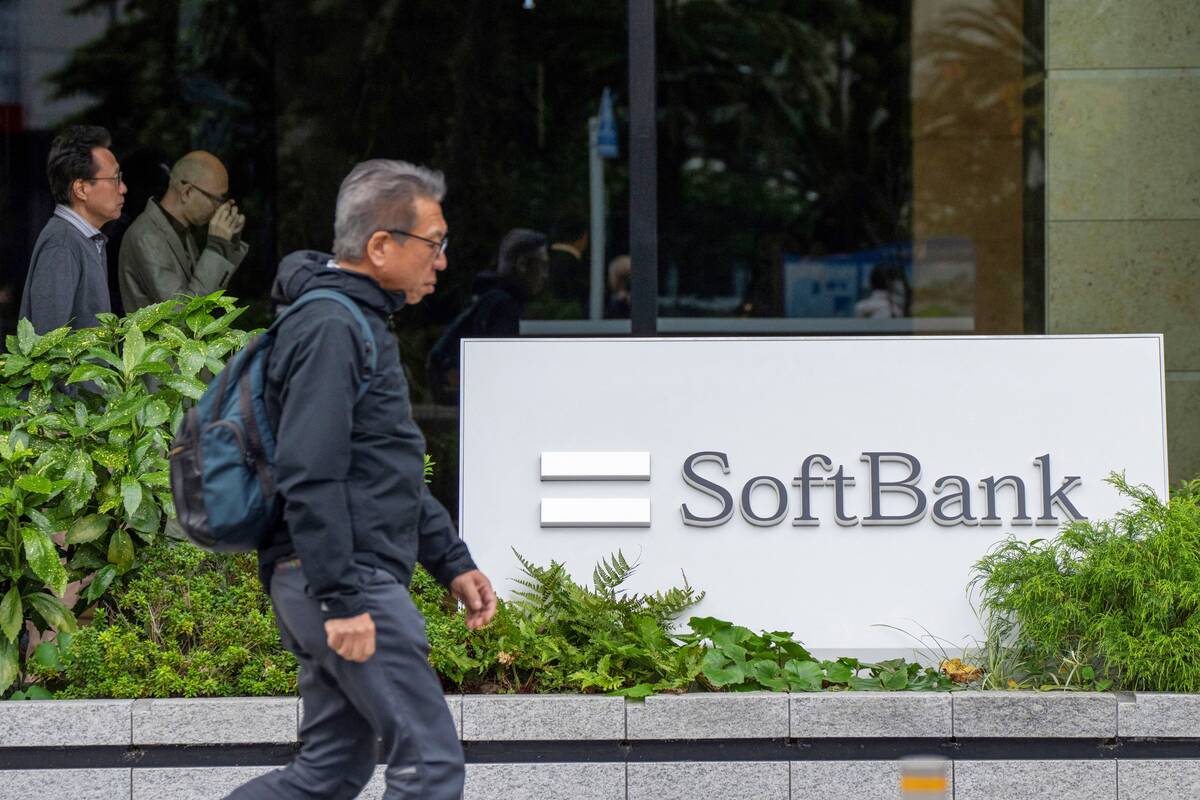
Banking and finance have moved from traditional checkbooks to the era of mobile payments and fintech innovations. In the past, banking involved visiting a branch or writing checks for transactions.
Today, mobile banking apps and digital wallets like PayPal and Venmo have made financial management more convenient. These tools offer instant transactions, budgeting assistance, and even investment opportunities, making money management accessible and efficient for the modern consumer.
Workspaces Redefined: The Journey from Typewriters to Remote Work
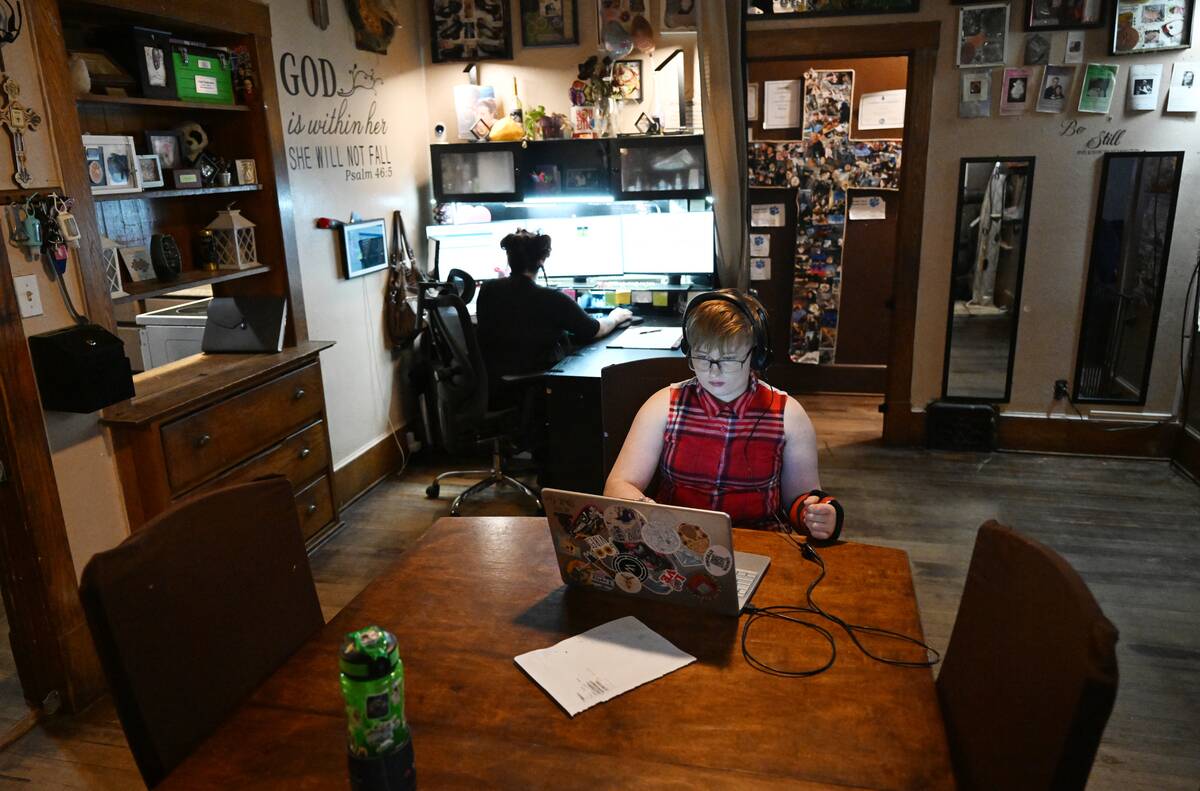
Workspaces have transformed dramatically from the days of typewriters to the current trend of remote work. In the past, offices were filled with the clatter of typewriters, and work was strictly a 9-to-5 affair.
The introduction of computers and the internet enabled telecommuting, but it was the COVID-19 pandemic that truly accelerated remote work trends. Now, with tools like Zoom and Slack, employees can work from anywhere, offering flexibility and changing the traditional office dynamic.
Photography and Memories: From Film to Instant Sharing
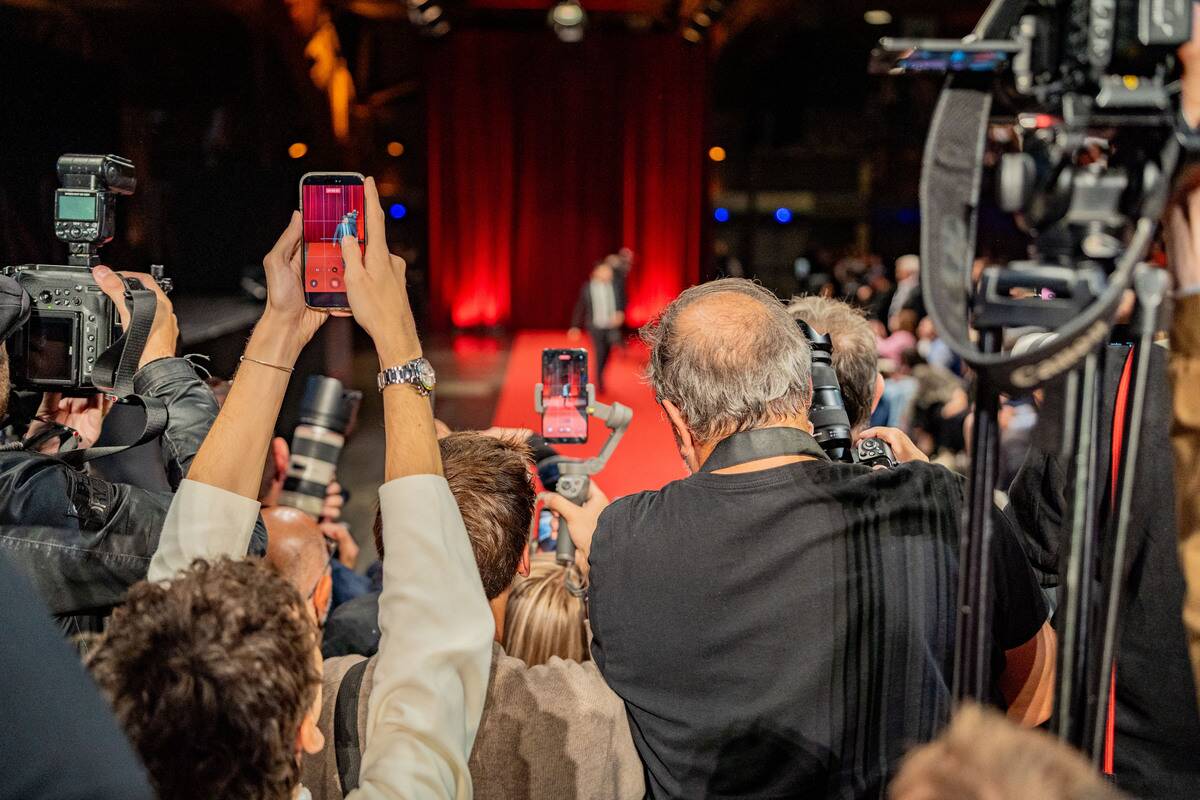
Photography has evolved from the process of developing film to the instant sharing enabled by digital cameras and smartphones. In the past, capturing memories meant using film cameras and waiting for development.
The digital revolution introduced cameras that could store hundreds of images and allowed easy editing. Today, smartphones equipped with high-quality cameras enable instant capture and sharing on social media, making photography more accessible and immediate than ever before.
The Travel Experience: Booking Flights and Hotels in the Digital Era

Travel planning has been transformed by digital technology, from booking flights to reserving hotels. In the past, travelers relied on travel agents and printed tickets. The rise of online platforms like Expedia and Airbnb has simplified the process, allowing travelers to book and manage their trips with ease.
Additionally, travel apps provide real-time updates and recommendations, enhancing the travel experience by making it more personalized and convenient than ever.



